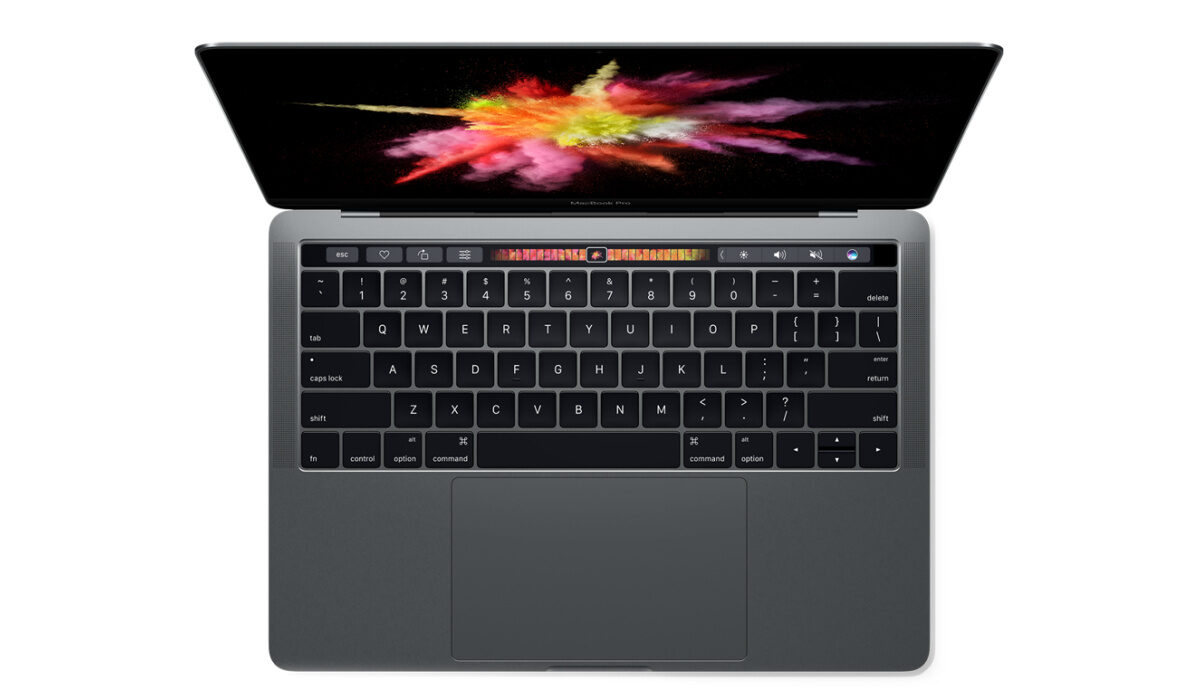Having remote access to important files on your computer can offer many benefits. In this manner, Apple offers a Remote Login function that makes it simple to access your Mac remotely from another computer. This functionality comes in very handy, for instance, when you’re on the go or if you ever just need to view files urgently on your Mac from another place.
In this guide, we’ll explain what Remote Login is. We’ll also describe how to access your Mac with Remote Login from another computer. Now, you’ll be able to view files on your Mac from wherever you are.

Table of Contents
How Does Apple’s Remote Login Feature Work?
The SSH (Secure Shell) protocol over the Internet is made possible on Mac devices through the advanced functionality known as Remote Login.
Every Mac comes with the Remote Login feature and its main function is to give you or any other person remote access to the data contained on your computer. Moreover, Remote Login can also be used to move files between two computers.
Before you can successfully connect remotely to your Mac from another computer, you must be aware of two things:
- Your user name
- the IP address of your Mac
Remote Login is a useful tool, but it’s vital to note that turning it on could make your Mac less secure. When Remote Login is enabled, for instance, hackers can access your computer through unauthorized means.
You should therefore always choose a strong password and only enable Remote Login when it is absolutely necessary or there’s no other option.
How Can I Access my Mac with Remote Login?
It’s easy to access your Mac device with Remote Login. First, you need to set it up on your device. Follow these steps:
- Navigate to System Settings > General > Sharing from the Apple icon on the menu bar.
- Switch on the option for Remote Login.
- To include users on the list of devices that can access your Mac remotely, click the info button (i) beside Remote Login, then click the addition (+) icon.
- Alternatively, if you want every device on your network to connect to your Mac, click on All Users.
- Once Remote Login is enabled, your username and IP address will display on the screen.
Accessing a Mac with Remote Login
After enabling Remote Login with the instructions above, you can access your Mac from another device through the steps we’ll discuss below. Note that you’ll need Terminal or an SSH client in order to remotely access your Mac from another computer using Remote Login.
Terminal is a useful tool that lets you use the command line to communicate with your Mac. Since Linux and macOS are both Unix-like operating systems, similar tools are available for both operating systems. Bash is the name of the command line interface (CLI), or the language you’ll use in Terminal to communicate with your Mac.
If you like, you have the option to personalize Terminal before using it so that it suits your preferences. For a more personalized appearance and feel, you could even download a third-party Terminal substitute if you prefer this option.
After you’ve successfully set up Terminal, carry out the following actions to access your Mac with Remote Login:
- On the other computer, start Terminal.
- Replace “username” with the username for your Mac and “hostname” with your IP address when typing the following command: “ssh username@hostname”
- When prompted, enter the password for your Mac.
At this point, you’re all done! You will now be able to access your Mac on another computer thanks to Remote Login.
In summary, being able to access your Mac with Remote Login is a great one, and you never know when it will come in handy. Carefully note the instructions we’ve provided in this guide to help you manage the function successfully.

